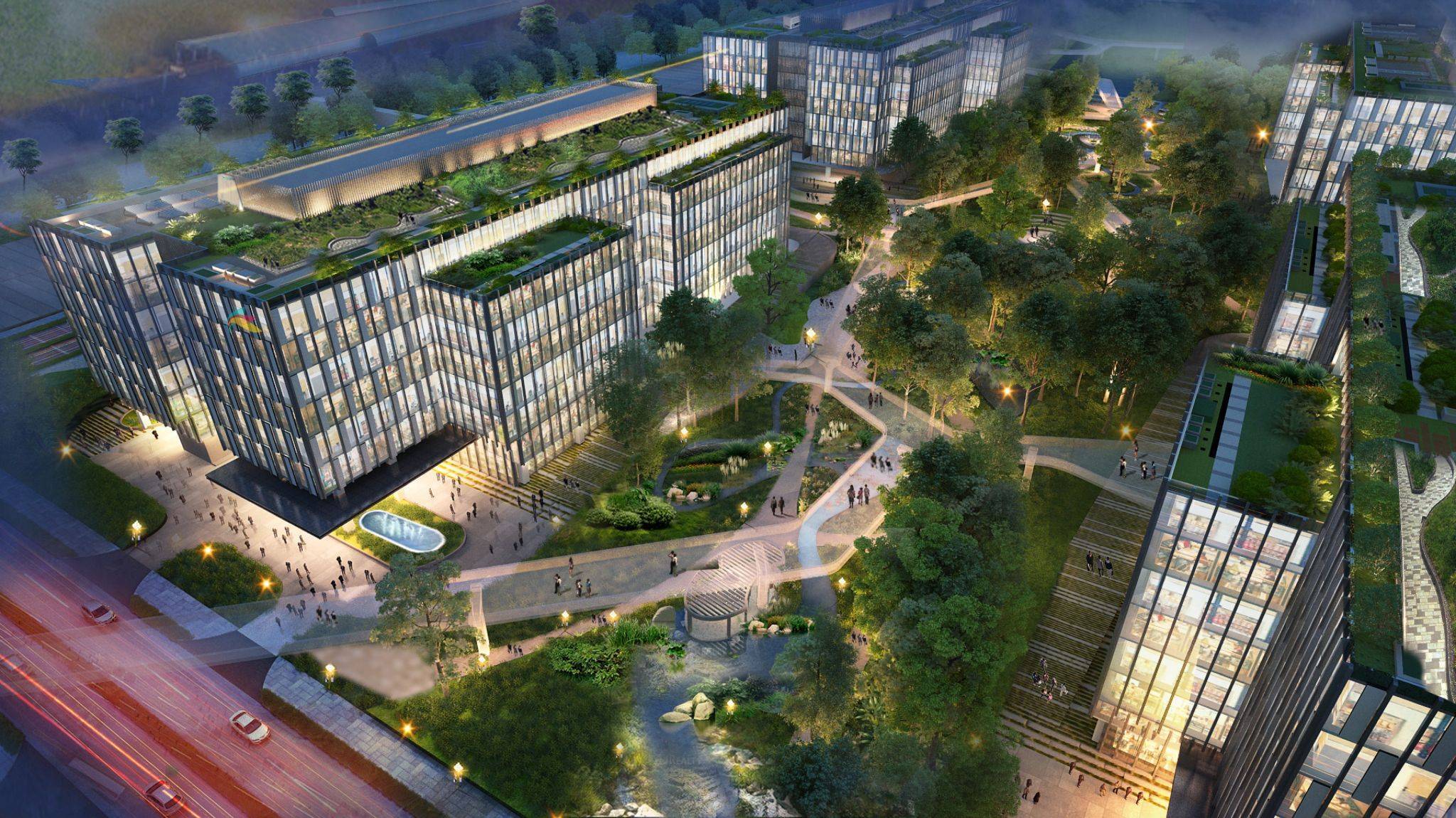The Reserve Bank of India (RBI) has opted to keep the policy repo rate unchanged at 5.5% in its August Monetary Policy Committee (MPC) meeting, maintaining a neutral stance. This decision follows three rate cuts earlier this year, amounting to a total reduction of 100 basis points, and comes as the central bank seeks to balance a projected 6.5% GDP growth rate for FY 2025-26 with a softer inflation outlook.
The unchanged rate signals a pause after a phase of monetary easing, aimed at allowing earlier cuts to work through the economy. For the housing market, the move is being seen as a stabilising measure, ensuring borrowing costs remain predictable while also sustaining buyer sentiment during the lead-up to the festive season.
Macro Stability Supports Housing Sentiment
Market participants note that the RBI’s approach mirrors its assessment of both domestic resilience and global risks. Amit Goyal, Managing Director, India Sotheby’s International Realty, explained, “The RBI’s neutral policy stance, coupled with a 6.5% GDP growth outlook and a softer inflation trajectory, reflects a steady macroeconomic confidence. Strong consumption and stable urban demand are already supporting India's housing sentiment. With home loan rates easing with 3 previous repo rate cuts in 2025, we believe the momentum in home buying will remain cautiously positive—much like the RBI’s approach, balancing domestic resilience with global uncertainties.”
According to industry trackers, the three repo rate cuts earlier this year have already lowered effective home loan rates by 40–60 basis points for most borrowers, making mortgages more affordable. However, with inflation below the RBI’s 4% target and commodity prices volatile due to international supply disruptions, the central bank appears to be keeping policy space open for future action.
‘Watchful Waiting’ Amid Global Uncertainty
The global backdrop remains mixed, with slower growth in advanced economies, fluctuating crude prices, and divergent monetary policies among major central banks. Piyush Bothra, Co-Founder and CFO, Square Yards, said, “The decision to maintain the repo rate at its current level reflects a ‘watchful waiting’ approach amidst a mixed economic landscape. Domestically, India's growth remains resilient, and recent inflation figures have been benign, staying below the RBI's target range. However, the global economic environment presents uncertainties, including volatile commodity prices and the monetary policy stances of major central banks, which could have spill-over effects on our economy.
For the residential sector, a further cut would have been a welcome festive bonus for homebuyers. This stability ensures that borrowing costs remain manageable and avoids any sudden shocks to the market. The onus now squarely falls on the banks to enhance the transmission of previous rate cuts, ensuring that the benefits of lower interest rates are fully passed on to homebuyers.”
Financial data indicates that the transmission of rate cuts has been uneven across lenders, with public sector banks passing on a larger portion of reductions compared to private institutions. The RBI has flagged this as a key area for improvement.
Opportunities for Affordable and Mid-Income Housing
For developers, particularly those catering to price-sensitive buyers, the stable rate environment may offer a window to push sales. Vimal Nadar, National Director and Head of Research, Colliers India, pointed out, “After consecutive repo rate reduction to the tune of 100 basis points so far in 2025, RBI has decided to keep the repo rate steady at 5.5%. Alongside this, the Central Bank continued to maintain a ‘neutral’ stance, signaling a cautious approach amidst external volatilities and mounting global trade friction. Going ahead, inflation levels are likely to remain low, keeping the GDP growth rate projection for FY 2025-26 intact at 6.5%.
Stability in monetary policy augurs well for homebuyers and real estate developers, particularly in the affordable and mid-income segments. The lowering of interest rates in the recent past is expected to be fully passed on to the end users in upcoming quarters, who are likely to benefit from reduced financing costs. With the festive season approaching, developers can further capitalize on this momentum with timely project completions, new launches and festive offers & discounts. Overall, the cautious yet growth-supportive monetary policy is likely to strengthen demand across real estate segments in the second half of 2025.”
Data from industry reports shows that affordable and mid-income housing have accounted for nearly 60% of residential sales in India over the past year, with strong uptake in Tier 1 and emerging urban centres.
Predictability for Borrowers, Scope for More Easing
For individual borrowers, the steady rate offers predictability in EMIs at a time when global interest rate cycles remain uncertain. Amit Prakash Singh, Chief Business Officer, Urban Money and Co-Founder, Square Yards, noted, “The Reserve Bank of India's decision to maintain the repo rate at 5.50% reflects a cautious approach in a complex global landscape. For borrowers, this translates directly into a period of stability, with predictable EMIs and interest rates. This also provides the banking system a crucial window to further transmit the benefits of previous rate reductions. All eyes are now on the October policy meeting, where a rate cut is widely expected, which would act as a timely catalyst to boost consumption across sectors and buoy the sentiments during the upcoming festive season.”
Industry analysts suggest that a festive-season rate cut, if it materialises in October, could align with developers’ marketing strategies and consumer sentiment, particularly in the primary housing market.
Boosting Investor Confidence
The RBI’s stance may also help ease decision-making for investors who have been waiting for signs of market stability. Shrinivas Rao, FRICS, CEO, Vestian, said, “As expected, the RBI has maintained the repo rate at 5.5%, as the effects of earlier rate cuts are still playing out across the economy and the global macroeconomic environment remains uncertain amid trade disruptions and geopolitical tensions. With robust economic growth and headline inflation under control, the RBI’s neutral stance reflects its intent to closely monitor evolving conditions. This steady monetary policy is expected to bring stability to the real estate sector and encourage fence-sitters to make investment decisions.”
With inflation under control, GDP growth projections intact, and the transmission of previous rate cuts still ongoing, the RBI’s latest policy decision is being viewed as a bridge between past easing and potential future cuts. For the real estate sector, the focus now shifts to how effectively banks can translate earlier monetary actions into lower lending rates, and whether the festive season will deliver the anticipated demand boost.









